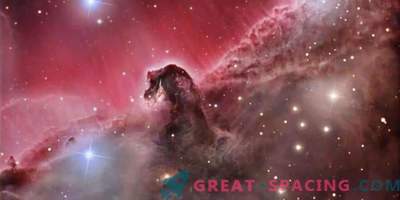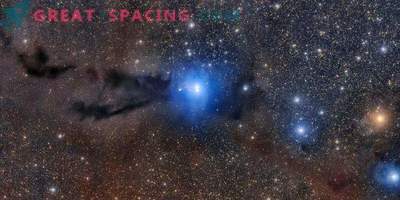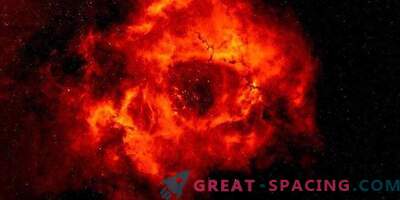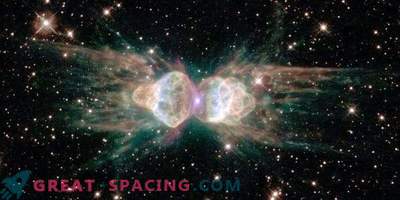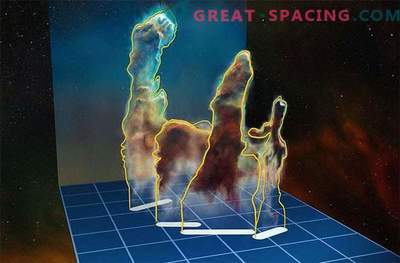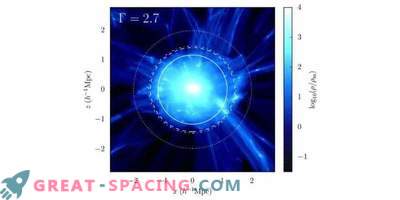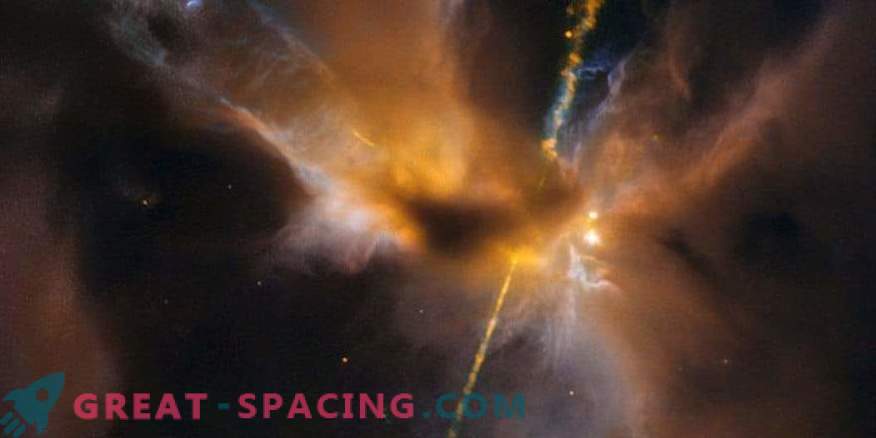
The molecular cloud of Orion is a large-scale complex of hot young stars, nebulae and dark regions of dust and gas. This whole massif is located in the constellation Orion. Two particularly notable formations are the Orion Nebula and the Horsehead Nebula, distant by 1500 light-years.
Despite the popularity and proximity, this complex can not be called a detailed study. For example, the region of birth of stars. We know only about small processes, but we forget about turbulence and magnetic fields, which can also make a significant contribution. And we would be able to study these issues in more detail if the nebula were not covered by dust.
Recently, 14 astronomers decided to use the IRAM millimeter telescope to fully explore the Orion-B molecular cloud. This is a typical area of star formation, therefore it is useful as a template for exploring the rest. This time, scientists wanted to create a linear scale to derive the correct characteristics of the star birth process. The study showed in detail the relationship between gas and dust and even demonstrated how the changing intensity of molecular lines reveals physical conditions. Visually disappearing in places. Moreover, the lines become almost opaque even for infrared detectors. It is also noticeable that in some places there is a serious disappearance of molecular gas. Researchers believe that the relationship between linear radiation and the star-forming medium is much more complicated than previously thought. They also stressed the importance of local chemical analysis in determining the intensity of radiation.
